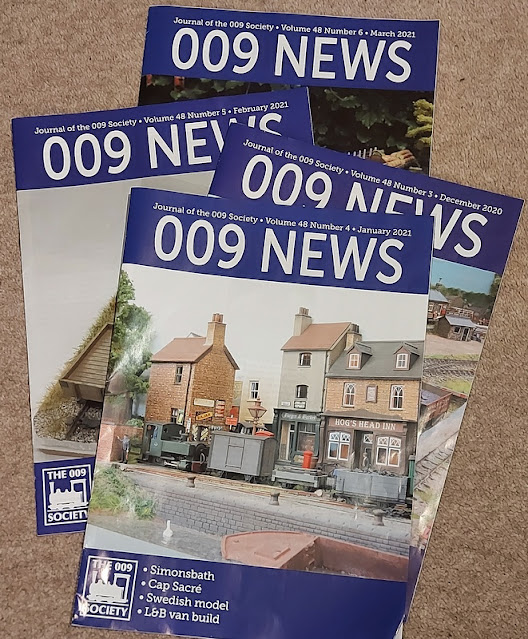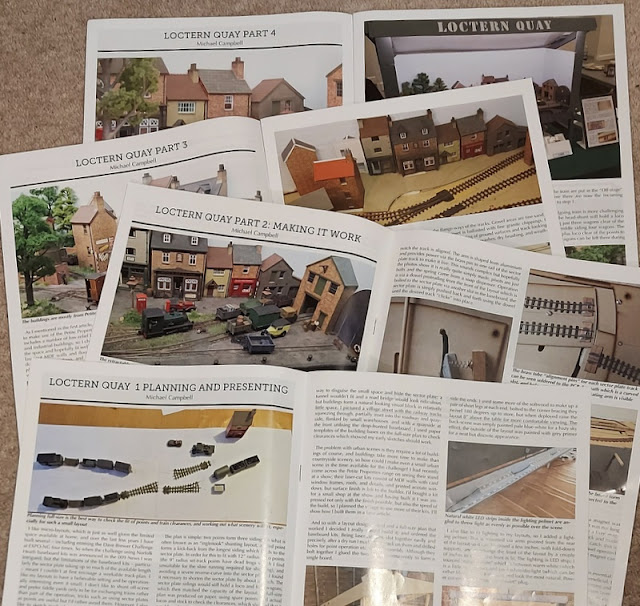Britain's Railways in the Second World War by Michael Foley is a new book from Pen & Sword. Obviously I've an interest in railways, and as an important part of Britain's recent history I take an interest in the World Wars too, so was intrigued by this book.
It is what it says on the cover, the story of how the railways of Britain reacted, coped, and were used during the war, from evacuating children to feeding the essential manufacturing to moving troops and armour, all while struggling with reduced staff and limited resources. The story is told chronologically, from the start of war through Dunkirk and the Blitz to the support of D-day and beyond, although these events are the background and have an impact on the railways this isn't a military story. There are many human stories, and much about the organisation and running of the railways.
The text does sometimes jump from one topic to another, and there are some instances of a topic being repeated from another perspective, maybe this is due to the chronological approach but in some places careful editing and rephrasing could have made the text flow better. Strangely, the GWR was referred to as GWS several times throughout the book (so not an isolated typo), even using GWR and GWS in the same paragraph, this and a couple of other minor errors suggest proofing could have been more rigorous. Overall though, the text is engaging and interesting to read, and avoids complex and technical language making it easy to follow.

The book is illustrated with photographs, many of them from the period and some with a direct connection to the text, although for a few the relevance is tenuous and probably better subjects could have been chosen. Reproduction is not great, being printed on the standard paper, and all in black and white although some originals would have been colour. Perhaps they would have been better grouped into photographic paper sections, which would allow better definition and possibly colour, although for those linked to the text this would have been less effective. In any case, this book is a story and historical picture, not a photo album, so the use of the photographs is appropriate in adding interest rather than being key.
There is also a glossary, although it seemed rather short, readers who are not railway enthusiasts or without some familiarity of British railways might have appreciated a more comprehensive glossary. A nice touch is the short chapter detailing where some locos, stock, and memorials from the time can be found, and noting that preserved railways can give a feel for what wartime railways may have been like.
I found this an enjoyable book that feels more like a story than a history book to read. It tells of an important aspect of the wartime struggle and what life was like for the railway companies and their workforce. For those with even a passing interest in railways or in the impact of the second world war this is a book worth reading.









